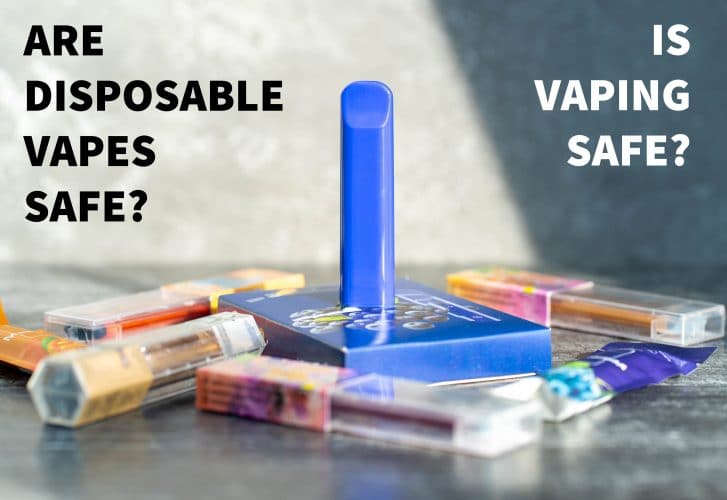In recent years, the popularity of Cake Disposables Vaps has surged, particularly among young adults and adolescents, sparking both curiosity and concern. Vaping, or the use of electronic cigarettes to inhale vaporized liquids often containing nicotine, flavorings, and other additives, has been touted as a safer alternative to traditional tobacco smoking.
Proponents of vaping argue that it eliminates many of the harmful substances found in traditional cigarettes, such as tar and carbon monoxide, potentially reducing the risk of lung and cardiovascular diseases. Additionally, vaping devices come in a variety of flavors, appealing to a younger demographic and potentially aiding adult smokers in quitting their tobacco habit.
Despite these potential benefits, a growing number of studies have raised alarms about the safety of vaping. Many e-liquids contain nicotine, an addictive substance that can harm brain development in adolescents and lead to long-term nicotine addiction. Moreover, the chemicals used in vaping liquids, such as propylene glycol and glycerol, can break down into harmful compounds when heated.
The outbreak of vaping-related lung injuries in 2019, which affected thousands and resulted in numerous deaths, shed light on the urgent need for more comprehensive research into the effects of vaping.However, the emerging body of research suggests that vaping is not without its own set of health risks.posing unknown risks to the respiratory system.
Public health officials remain concerned about the allure of vaping among young people, as the appealing flavors and discreet devices contribute to its popularity among adolescents who may have never considered smoking otherwise. Regulatory efforts have been initiated to curb access to vaping products for underage individuals, but the fast-paced evolution of vaping technology and the emergence of online marketplaces present challenges to enforcement.
